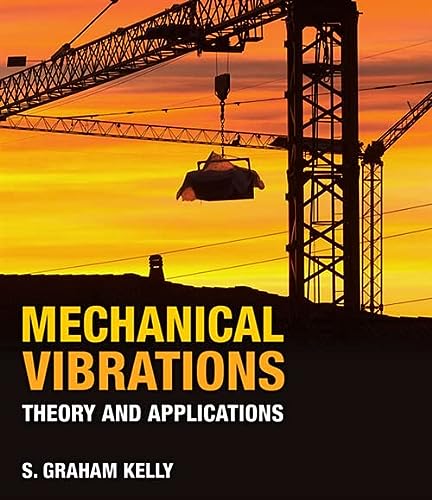Operation of the motor attached to the shaft of Chapter Problem 10.5 produces a harmonic torque of
Question:
Operation of the motor attached to the shaft of Chapter Problem 10.5 produces a harmonic torque of amplitude \(2000 \mathrm{~N} \cdot \mathrm{m}\) at a frequency of \(110 \mathrm{~Hz}\). Determine the steady-state angular displacement of the end of the shaft.
Data From Chapter Problem 10.5:
A motor of mass moment of inertia \(85 \mathrm{~kg} \cdot \mathrm{m}^{2}\) is attached to the end of the shaft of Chapter Problem 10.1.
Data From Chapter Problem 10.1:
A \(5000 \mathrm{~N} \cdot \mathrm{m}\) torque is statically applied to the free end of a solid \(20-\mathrm{cm}\) radius steel shaft ( \(\left.G=80 \times 10^{9} \mathrm{~N} / \mathrm{m}^{2}, ho=7500 \mathrm{~kg} / \mathrm{m}^{3}\right)\) with a length of \(1.5 \mathrm{~m}\) that is fixed at one end and free at its other end. The torque is suddenly removed, and torsional oscillations begin.
Step by Step Answer:






